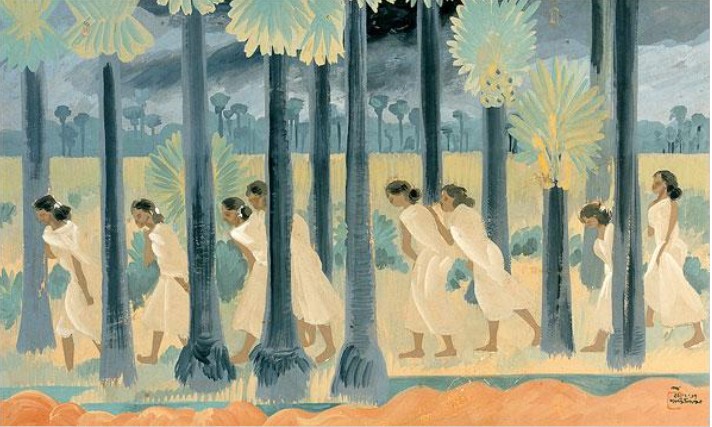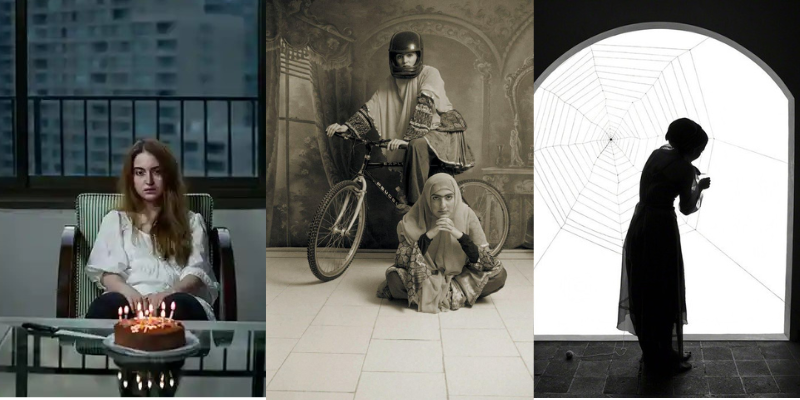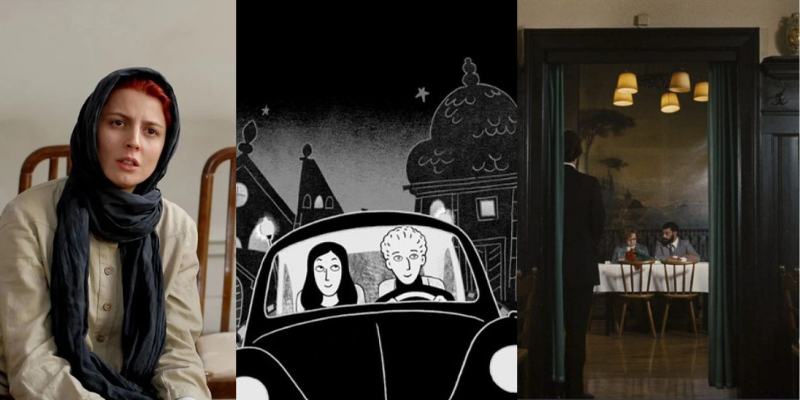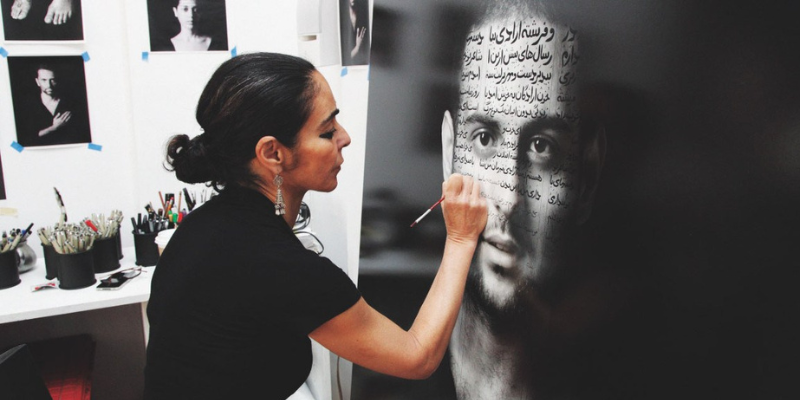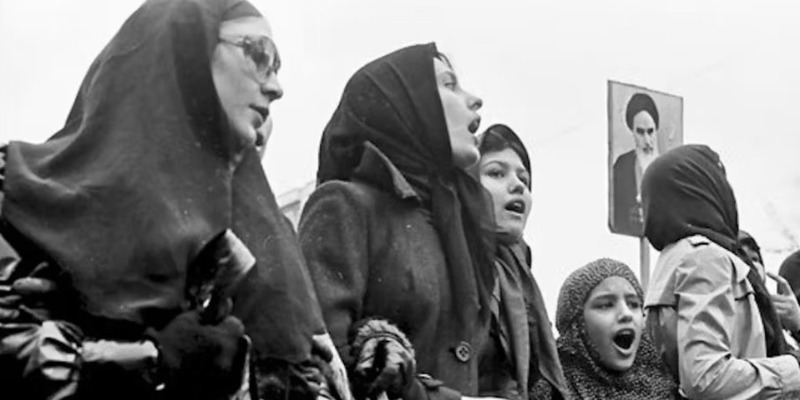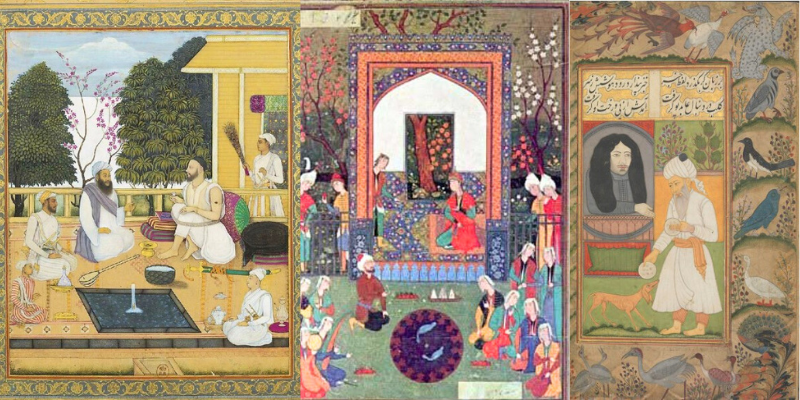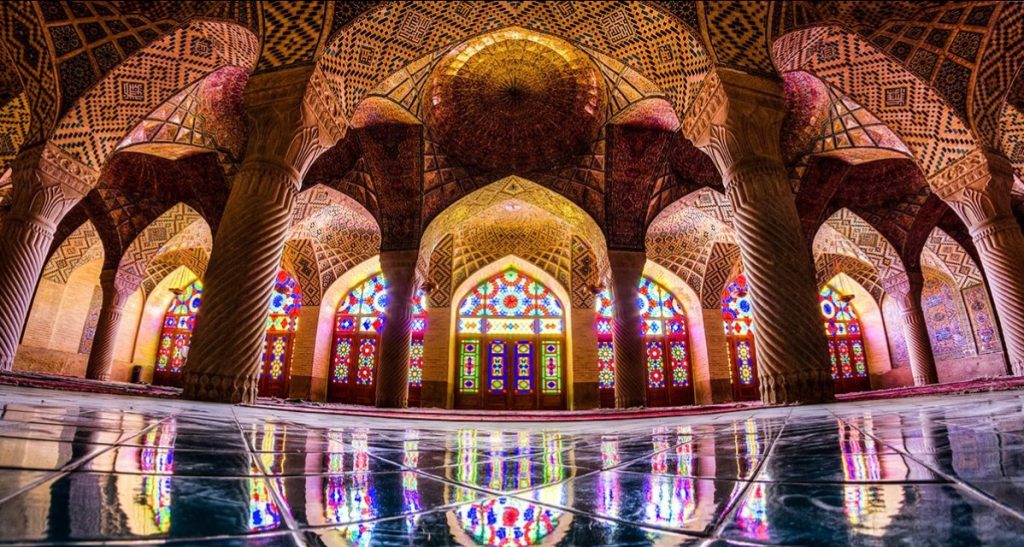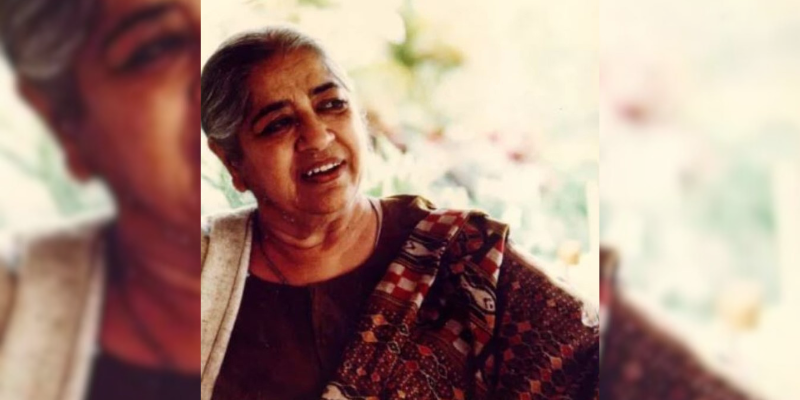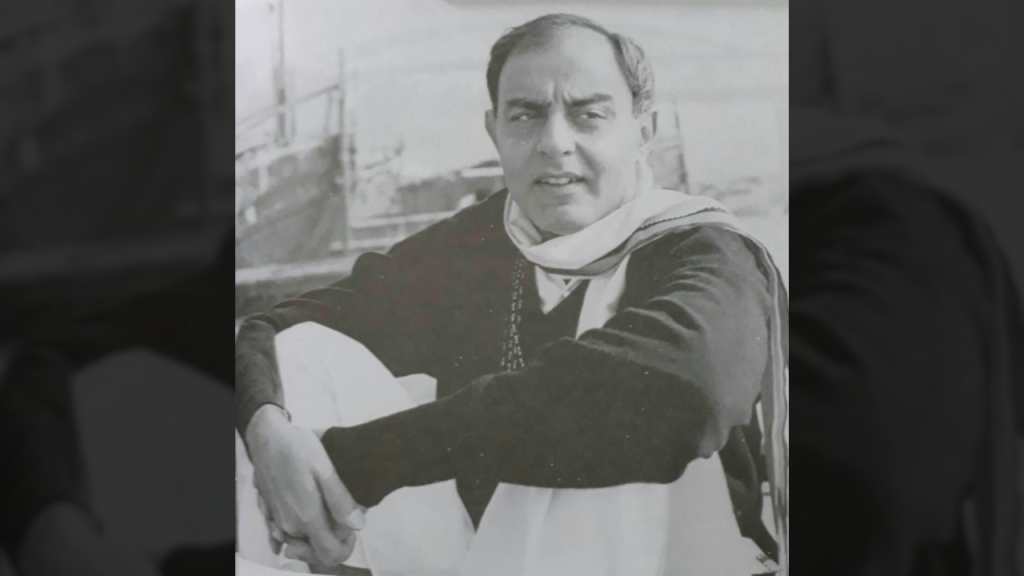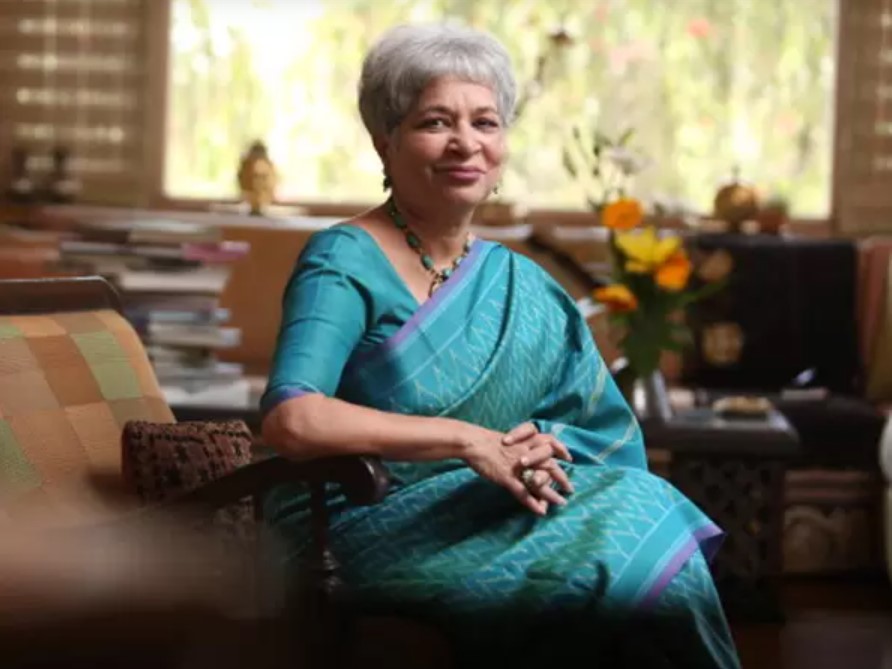Shared Cultural Heritage: The Influence of Bengal Renaissance on Art of West Bengal and Bangladesh.
Background The Nineteenth Century is considered a golden era in Bengal’s history. Significant transitions were taking place in Indian society, notably in Bengal, throughout the early decades of the nineteenth century. In a nutshell, these changes were referred to as the ‘Bengal Renaissance’. The concept of the ‘Bengal Renaissance’ signified an episode of rebirth, awakening, […]

